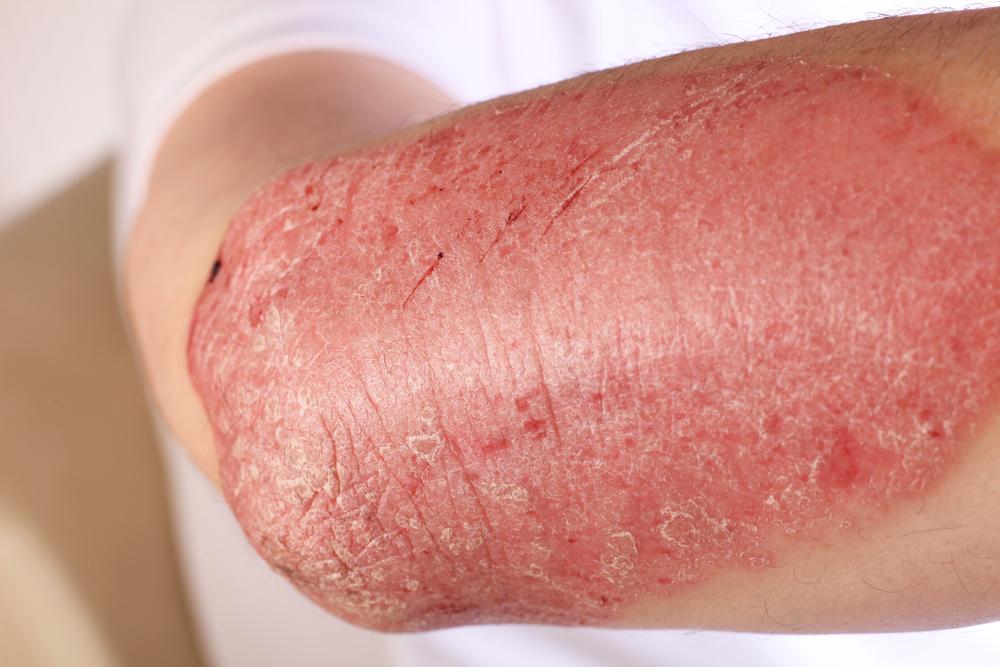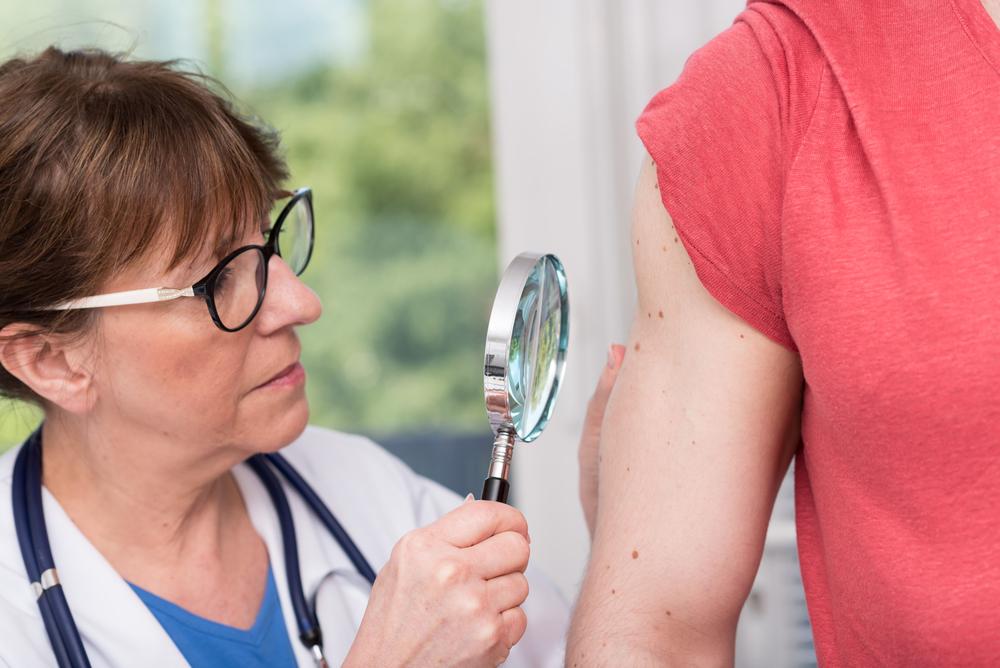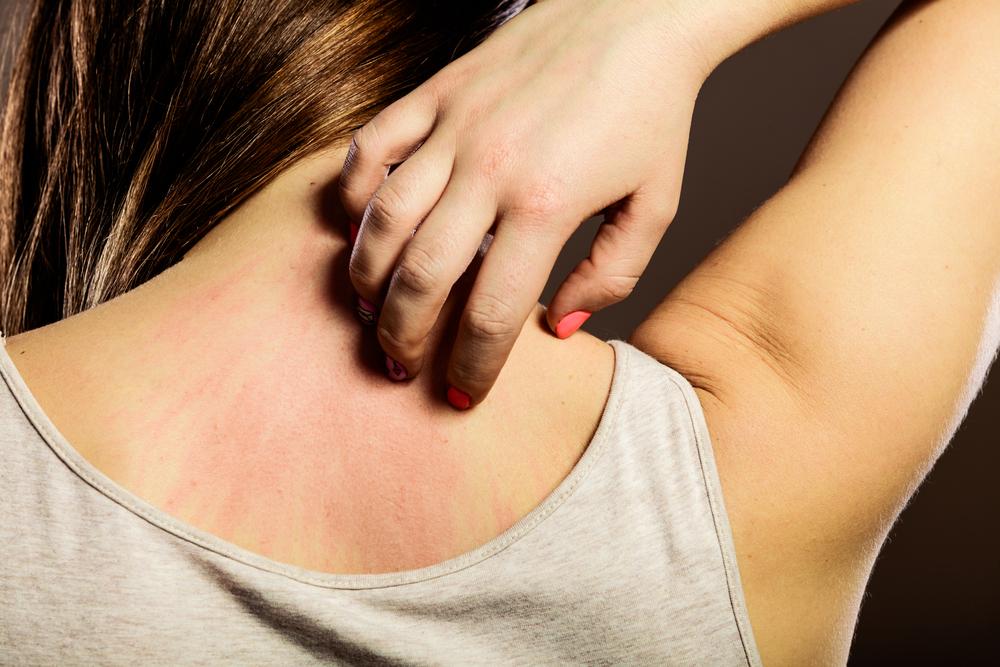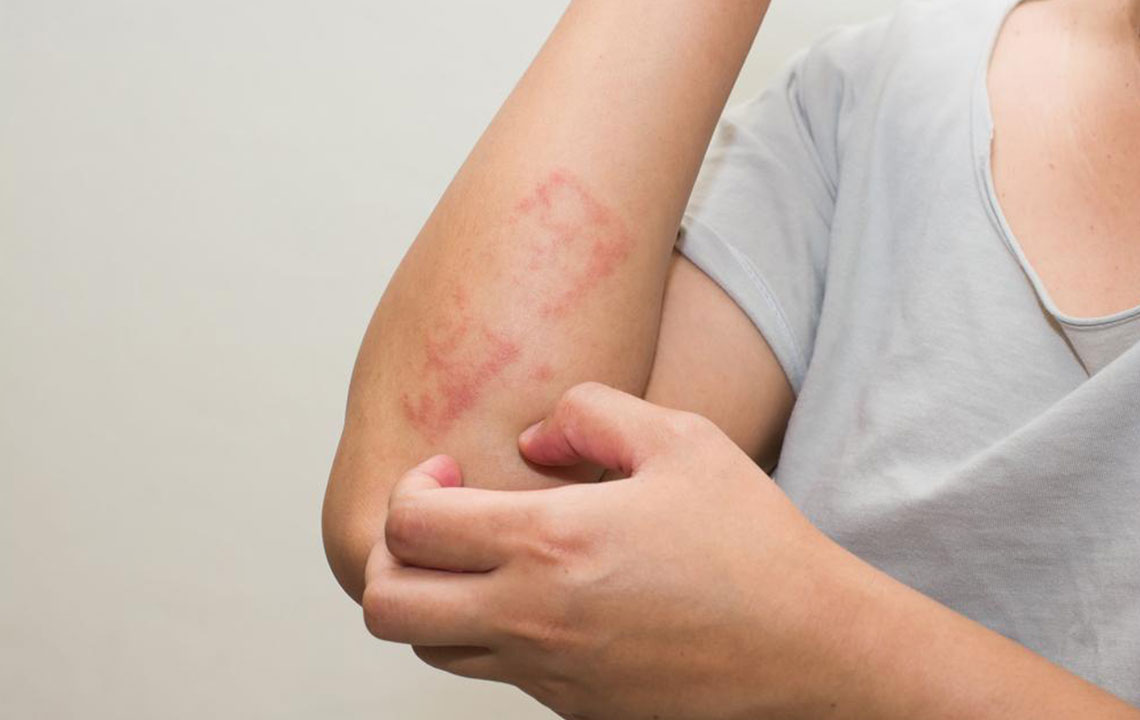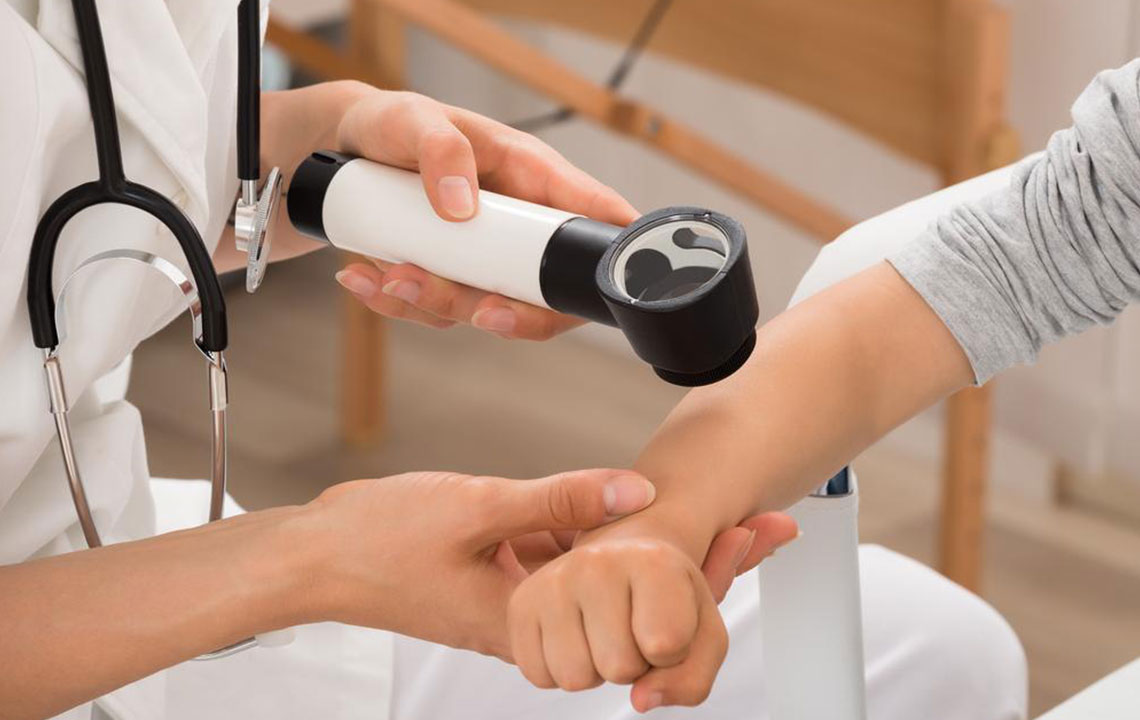Comprehensive Guide to Eczema: Causes, Symptoms, and Effective Treatment Strategies
Eczema is a prevalent chronic skin condition characterized by inflammation, dryness, and itching. This comprehensive guide explores the causes, symptoms, and effective treatment options, including medical therapies and home remedies. Understanding its diverse types and triggers helps sufferers manage flare-ups efficiently, leading to healthier skin and improved quality of life.
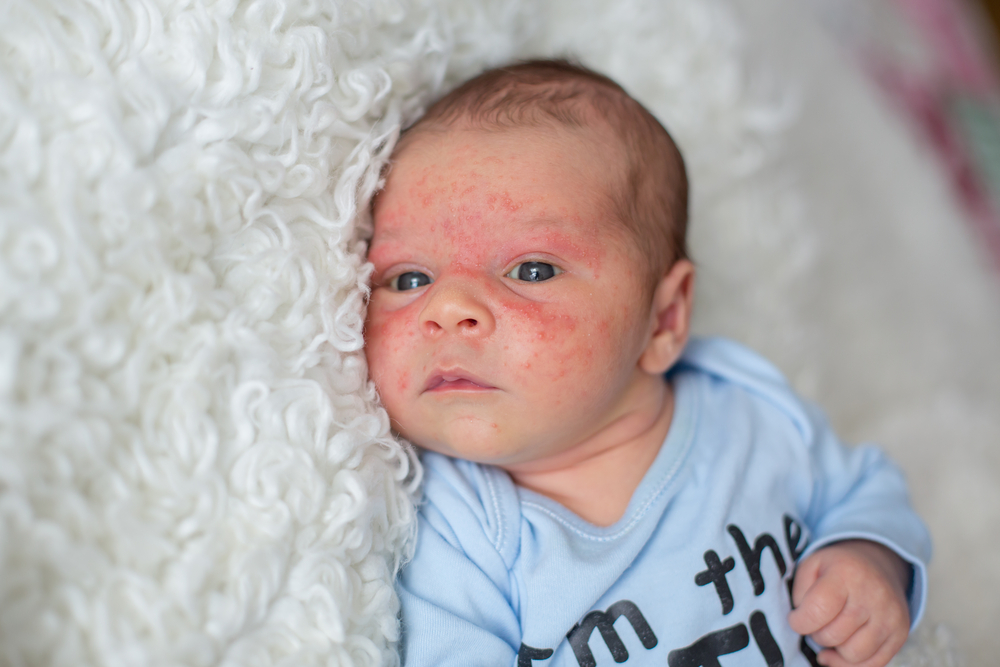
Comprehensive Guide to Eczema: Causes, Symptoms, and Effective Treatment Strategies
Eczema, also known as atopic dermatitis, is a chronic skin condition that affects millions around the world, ranging from infants to adults. This common dermatological issue is characterized by inflammation, redness, dryness, and itchy patches on the skin, often leading to discomfort and sometimes infection if scratched or damaged. Although eczema is not contagious, its impact on quality of life can be significant, making awareness and proper management crucial for sufferers of all ages.
Understanding eczema involves exploring its causes, recognizing its signs, and knowing the most effective ways to manage its symptoms. The condition is multifaceted, stemming from a combination of genetic, environmental, and lifestyle factors. While there is currently no cure for eczema, various treatment options and lifestyle modifications can help control flare-ups, reduce discomfort, and promote healthier skin.
Eczema affects a significant portion of the population globally, with children under five experiencing the highest prevalence. Approximately 70% of all cases are diagnosed in young children, although symptoms frequently persist into adulthood in many individuals. The severity of eczema varies widely, from mild cases with occasional dryness and itching to severe, persistent skin inflammation, cracks, and oozing that can interfere with daily activities.
There are seven recognized types of eczema, each with distinct features and triggers: atopic dermatitis, contact dermatitis, dyshidrotic eczema, hand eczema, neurodermatitis, nummular eczema, and stasis dermatitis. These variations primarily differ in their causes, affected populations, and treatment approaches, but they all share common symptoms such as dry, itchy, and inflamed skin.
The root causes of eczema are complex, involving genetic predisposition and environmental influences. People with sensitive skin or a family history of allergic conditions are at greater risk. External factors like exposure to pet dander, mold, dust mites, and bacterial or fungal infections can trigger flare-ups. Common food allergens—such as eggs, nuts, soy, and dairy—are often linked to eczema in children. Environmental irritants like harsh detergents, rough fabrics, and chemicals also play a pivotal role in exacerbating symptoms.
Different types of eczema are associated with specific causes. For instance, atopic dermatitis is often connected to genetic factors and dry skin, leading to a compromised skin barrier. Contact dermatitis results from direct contact with irritants like soaps, cosmetics, or metals, causing localized inflammation. Dyshidrotic eczema is related to sweat and allergies, presenting with small blisters on palms and soles. Hand eczema often stems from chemical exposure, especially among workers, while neurodermatitis is linked to psychological stress. Nummular eczema features coin-shaped patches and may be triggered by allergy or dry skin, and stasis dermatitis arises from poor blood circulation in the legs.
The clinical presentation of eczema varies, but common signs include dry, thickened, and itchy skin patches. Scratching can lead to skin cracking and secondary bacterial infections, which complicate healing. Red bumps that may fill with fluid, oozing, crusting, and swelling are typical symptoms. The affected areas often include the face, neck, elbows, wrists, behind the knees, hands, feet, and areas where skin folds and experiences friction.
Effective management of eczema involves a multifaceted approach. Over-the-counter remedies such as antihistamines (e.g., diphenhydramine) can help reduce itching, while topical corticosteroid creams help diminish inflammation. For moderate to severe cases, immune-modulating drugs like tacrolimus and pimecrolimus are prescribed. Phototherapy, involving controlled exposure to ultraviolet light, can also be beneficial in reducing flare-ups. In recent years, biologic therapies such as Dupilumab have emerged as promising options for severe eczema cases.
Beyond medications, lifestyle and home remedies are essential in controlling eczema. Regularly moisturizing skin with thick, fragrance-free emollients helps restore the skin barrier and reduce dryness. Taking warm (not hot) baths and gently patting the skin dry before applying moisturizer prevents further irritation. Avoiding known triggers, such as harsh soaps, fragrances, and rough fabrics, can significantly improve symptoms. Wearing loose, breathable clothing and using mild, scent-free detergents also contribute to healthier skin.
In summary, while eczema remains a chronic condition with no definitive cure, it can be effectively managed through a combination of medical treatments and lifestyle adaptations. Continuous skincare routines, avoidance of triggers, and timely medical interventions can help individuals achieve clearer, healthier skin, and a better quality of life. Education on understanding their condition empowers eczema sufferers to take control of their symptoms and reduce flare-ups, leading to long-term skin health and personal wellbeing.

